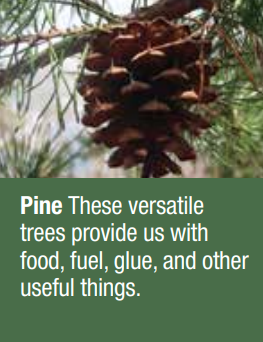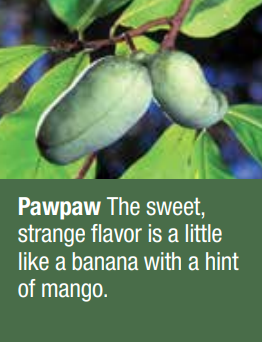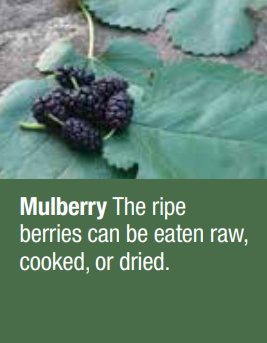Meet a Tree: Learning More
Once again, in this issue of Minnesota Woodlands, we are deviating from the ‘norm.’ We assume, as MFA members and likely owners of a woodland, you know your basic tree identification. But do you know some intimate details about those trees? For instance, do you know...
The ripe berries of some species of cedar can be used as a spice.
The bark from many species of poplar contain salicylates, just like their cousins the willows. It is from this original source that aspirin is derived. HOWEVER, levels of salicin vary from species to species (even tree to tree). Do your homework before using local cottonwoods for analgesic tea!
One ounce of nutmeat from an oak acorn contains 100 calories.
In this edition of Minnesota Woodlands, we are sharing a link to “15 Trees Every Outdoor Lover Should Learn to Identify.” This is taken from Outdoorlife.com, author Tim MacWelch.
If you want to be a true outdoorsman or woman, and a true survivor, you’ve got to become a plant person. I know, I know—it’s not as cool to walk around with your nose in a book as it is to sling lead or light stuff on fire. But at the end of the day, plants give us so much that we’d be crazy not to pay attention to them. Some of the most helpful (and long-lived) plants are trees, and it’s our job as survivalists to learn the merits and problems with each species we encounter.
Sure, trees all look very similar at first, but once you start to see the subtle differences, you’ll start to see trees as easily a bloodhound can pick out a fresh scent. Trees have given our ancestors the building blocks for self-reliance, and those same trees are here to help us today. From fiber and medicine, to food and drinking water, many tree species have something to offer us through all four seasons. Get to know these fifteen common genera through this gallery of useful survival trees (and a few bonus woody plants).















